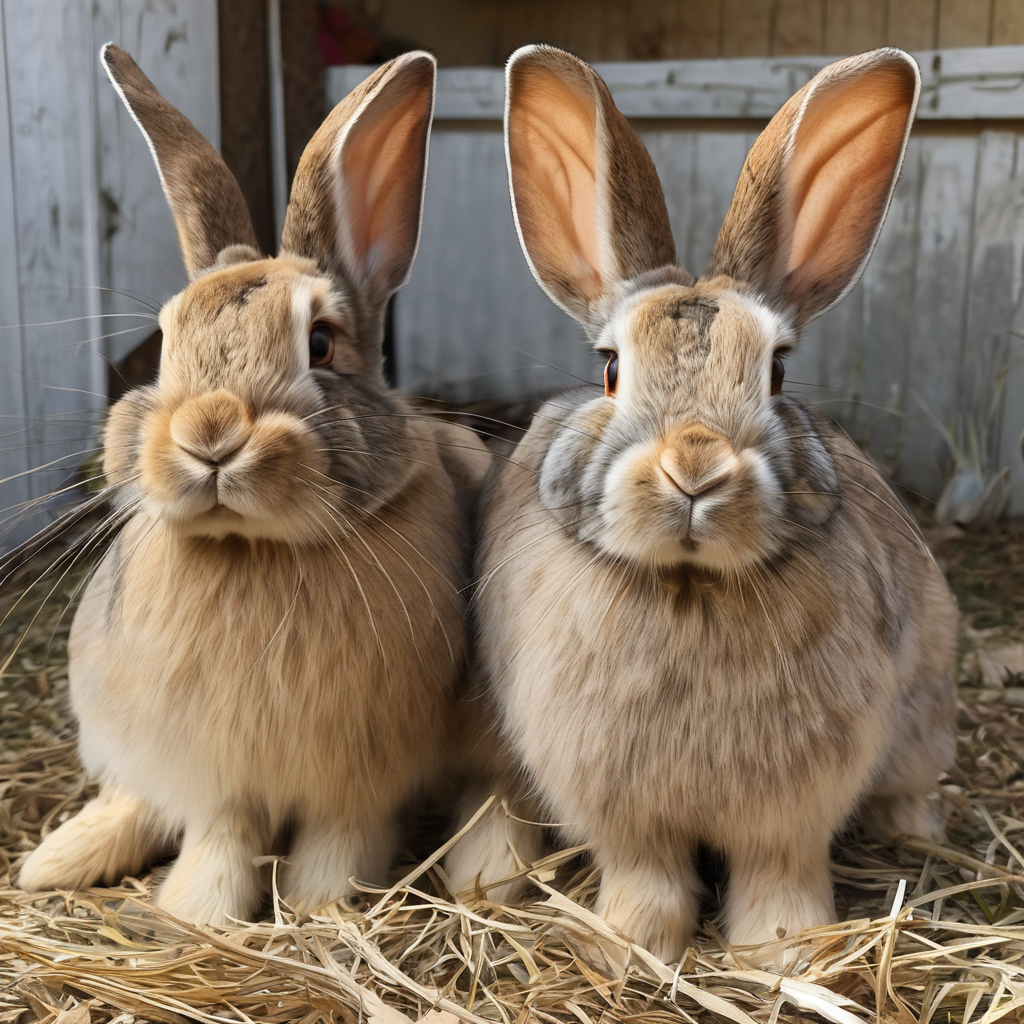Those of us with homesteads are always looking for sustainable ways to add protein to our diets and live more self-sufficiently. Raising meat rabbits can be a rewarding endeavor that provides healthy meals, but it’s important to carefully consider the realities of caring for these small livestock before taking the plunge.
As with any agricultural pursuit, there are responsibilities that come with meat rabbits beyond the initial excitement of the project. In this article, I’ll outline four important factors to reflect on as you discern whether rabbits are the right fit for your homestead.
Space Requirements
One of the biggest things to consider is how much space you have available for housing rabbits and providing them with exercise. Rabbits need both an indoor cage or hutch and an outdoor fenced run to keep them safe from predators while allowing natural behaviors like digging and foraging.
Plan to allocate at least 8 square feet per rabbit in their living area, with additional space for a run. This may require building or repurposing an existing structure on your property. While rabbits have a smaller footprint than larger livestock, their housing still demands dedicated real estate that you have both the land and time to maintain.
Costs of Setup and Care
In addition to housing, factor in the startup costs of feeders, water bottles, nesting boxes if breeding occurs, fencing materials, and the rabbits themselves. Quality breeding stock can range from $25–75 each, depending on breed.
Then calculate ongoing expenses like hay, pellets, bedding, vet bills, and butchering and processing costs if you don’t do it yourself. Rabbits breed quickly, so you’ll need to budget for feed according to your herd size. Understand these financial obligations before committing resources that may be needed elsewhere on your homestead.
Commitment to Daily Care
Raising rabbits ethically requires a consistent time commitment beyond the initial excitement of baby bunnies. Plan to spend 30 minutes daily maintaining cages, providing fresh food and water, collecting manure for your garden, and monitoring health. Does need to kindle and nurse kits for 4-6 weeks, which means daily checks.
An illness or injury may also require veterinary care or increased attention. Be realistic; daily chores are a long-term responsibility, not just a fun project for the kids. Make sure your schedule has bandwidth before adopting these pets that depend on your care.
Butchering Realities
For those raising rabbits for meat, understand that the end goal is to process and eat the animals humanely. This requires developing skills like butchering, skinning, and cleaning that some may initially find difficult.
Be prepared for the reality that you will become attached to your rabbits as pets only to have to slaughter them for the table. If this makes you uncomfortable, rabbits may not be the best protein source for you. Test your willingness by processing a rabbit from a local farmer first before breeding your own.
Final Thoughts
In conclusion, meat rabbits can provide many rewards when their unique responsibilities are carefully weighed against your resources, schedule, budget, and disposition.
Take time to realistically assess each factor outlined here before embarking down the path of rabbitry. With the right preparation and commitment to care, these small livestock can be a sustainable addition, providing nourishment for both body and soul on your homestead journey. But their care demands respect, so make an informed choice that feels right for you.
